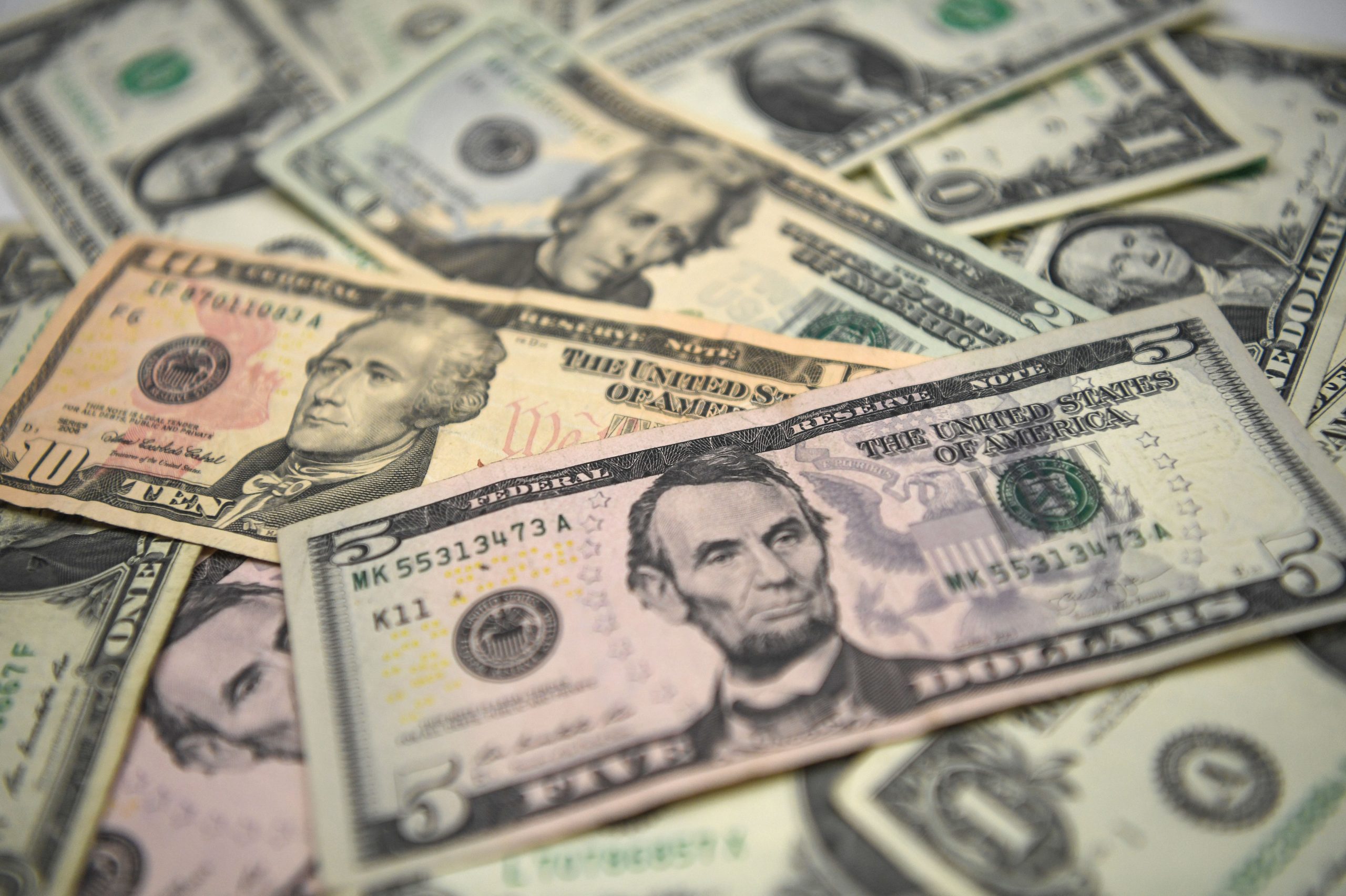The dollar was nearly 1% below a two-decade peak against key rivals at the beginning of a week that will witness a dozen central bank announcements, led by the US Federal Reserve on Wednesday and followed by the Bank of Japan and the Bank of England on the following day.
Also Read| Week ahead: US Fed interest rate decision to weigh on Sensex, Nifty
The dollar index, which gauges the currency against six rivals, was 0.09% higher at 109.66, stabilising after a tumultuous few weeks that saw it reach 110.79 on September 7, 2022, for the first time since mid-2002, only to fall to 107.67 six days later.
Traders have been driven by economic statistics that suggested the Federal Reserve could slow the speed of rate rises to lower the economic impact and danger of recession as inflation continues to rise.
Also Read| Week in review: Inflation fears, weak global cues drag Sensex, Nifty lower
Markets are now pricing in at least another 75 basis point hike for this week’s US Federal Open Market Committee meeting, with a 19% chance of a full percentage point rise according to Reuters.
This week is also strewn with market holidays that might reduce liquidity and lead to stronger price movements, with Japan and the United Kingdom off on Monday, Australia on Thursday, and Japan again on Friday.
Also Read| Oil prices rise due to weak dollar, supply fears
The dollar was flat at 142.905 yen, having risen to a 24-year peak of 144.99 earlier in the month. On Thursday, the Bank of Japan (BoJ) is largely likely to maintain enormous stimulus, distinguishing itself from the developed-nation federal reserves that are all aggressively tightening policy to combat inflation.
Sterling was steady at $1.1426 after falling to a 37-year low of $1.1351 on Friday. Markets are divided on whether the Bank of England (BoE) will hike interest rates by 50 or 75 basis points on Thursday.
Also Read| Asian markets prepare for series of interest rate hikes
The euro moved slightly to $1.00075, extending a week of consolidation that began with a swing between a two-decade bottom of $0.9864 on September 6 and a nearly one-month peak of $1.0198 a week ago.
The Australian dollar was barely changed at $0.67205 after falling to its lowest point since mid-2020 at $0.6670 on Friday.
The New Zealand dollar was unchanged at $0.5989, after falling to its lowest level since May 2020 at $0.5940 at the conclusion of last week.







